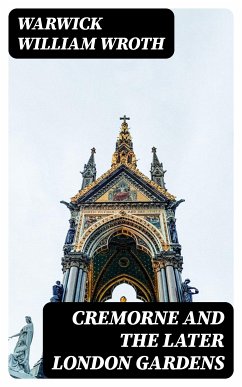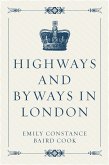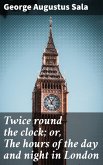In "Cremorne and the Later London Gardens," Warwick William Wroth provides a meticulously detailed exploration of the evolution of public gardens in London during the 19th century. Employing a rich tapestry of descriptive prose and historical analysis, Wroth captures the essence of gardens as vital social spaces, reflecting both the aesthetic tastes and the shifting cultural dynamics of Victorian society. The book delves into the flamboyant and often controversial Cremorne Gardens, situating them within a broader context of urban leisure and public enjoyment, illustrating how these gardens served as both a refuge from the industrial sprawl and a stage for the performance of societal norms. Warwick William Wroth, a noted antiquarian and historian, dedicated much of his scholarly life to examining the interplay of culture and environment in urban landscapes. His extensive background in both history and botany informs his acute observations of the role gardens played in the collective consciousness of London. Wroth's passion for the subject is evident in his thorough research and nuanced insights, making this work a seminal contribution to the field of garden history and urban studies. Readers seeking to deepen their understanding of Victorian culture and its physical manifestations should not miss this enlightening study. "Cremorne and the Later London Gardens" is essential for anyone interested in the intersection of horticulture, social history, and the artistry of public spaces, illuminating how the gardens of London shaped, and were shaped by, their vibrant urban context.
Dieser Download kann aus rechtlichen Gründen nur mit Rechnungsadresse in A, B, BG, CY, CZ, D, DK, EW, E, FIN, F, GR, H, IRL, I, LT, L, LR, M, NL, PL, P, R, S, SLO, SK ausgeliefert werden.









